It always takes a bit out of me after making a serious trip to Maliandao. I tasted no less than 10 teas, and it really hit me the next day. I was a bit tired and worn out, and I think the caffeine withdrawal gets more severe because I was consuming a lot the day before. I think it’s especially bad because I sleep less well after a Maliandao trip (too buzzed from caffeine, I suppose), so it takes longer to recover.
I’m still recovering, so to speak. Yesterday I had a sample of a medium-to-high fire tieguanyin. It was decent, but not great. They claim it’s 15 years, which I’m sure it’s not. It’s hard to say how long it’s been around, but it doesn’t taste anything like the 15 year old oolongs I’ve had in Hong Kong — it lacks the softness and the subtle aromas that an aged oolong will have. Instead, the flavours are very up front.
Today I’m drinking the Best Tea House 30 years loose puerh again. I am now on about infusion 10, and no end in sight. That’s always a nice thing about aged puerh — you can keep brewing, and brewing, and brewing, as both Cloudstea and Davelcorp noted recently in the Livejournal Puerh Community. There is something lacking though in a loose puerh – there is always a little less complexity, I think, when compared with compressed puerh. It seems that something happens to the process that the tea ages when compressed, in such a way that the tea adds flavour when aging in a compressed form. Different shapes also seem to impart somewhat different aging, with round cakes being the most palatable. I think both bricks and tuos tend to be of lower quality, and the jingcha, or mushroom shape, being the worst. That, of course, is no hard and fast rule.
I am now fairly interested in securing a brick made by Mengku Rongshi in 2001/2002, 300g, that is supposedly mostly from wild tea mixed in with regular stuff. I saw it on my most recent trip, but decided not to taste it yet, as I want to bring Bearsbearsbears along for a second opinion. Since this is not really a piece for educational purposes, I intend to perhaps buy a little more, which also means a little more careful consideration. The same goes for a 2002 cake of theirs that I did taste and that seemed rather decent, at least for the price.
One problem of buying puerh seriously is just that there are so many of them. Each store will easily have at least half a dozen to a dozen cakes on display, most of which are wrapped, which means you have to go through every one of them to look at them, check them out, see which one might be interesting, taste them, realize it’s crap, and repeat the process. You can always ask them to give you the better stuff, but that’s also an invitation to raise prices on you, so you can’t really do that with people you don’t know.
So all I can do is taste as much as I can, and hope I chance upon something decent. There are simply too many puerh factories (I think they number in the hundreds now) and too many vendors out there. I read somewhere that there are at least 500 stores on Maliandao selling tea. At least every other one has puerh on sale. Most are not puerh specific, and those who do specialize in puerh tend to have better stuff, but even then, most of the stuff is crap.
That’s one good thing about going to a place like Best Tea House, where they do some pre-screening for you so nothing is really terrible. On the other hand, the prices are also a good bit higher, and the selection limited…
Sigh


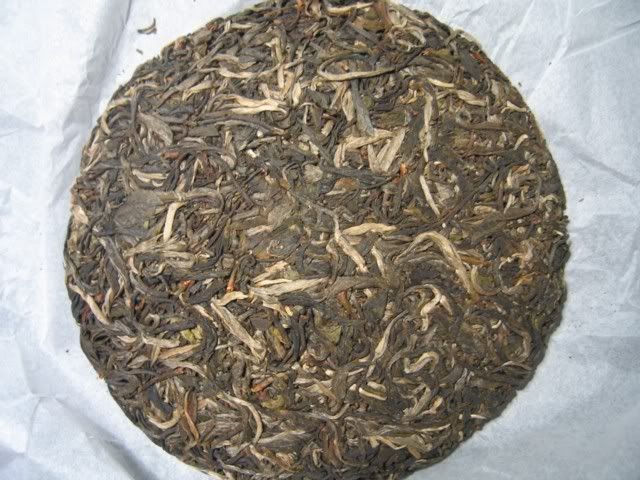







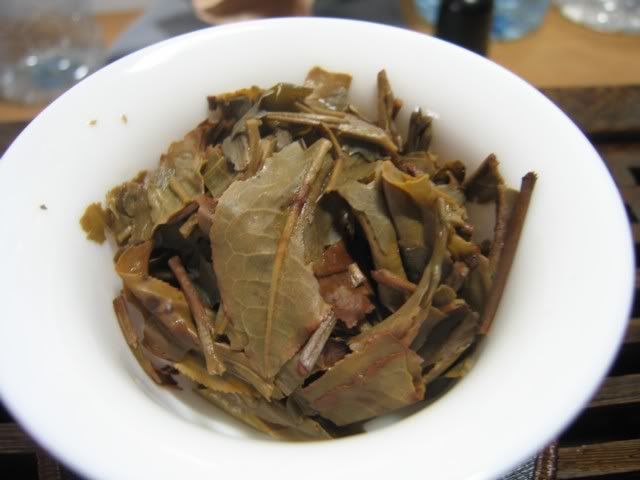

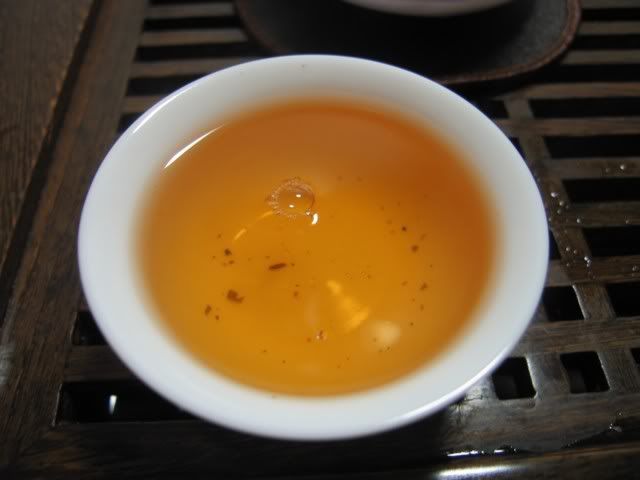
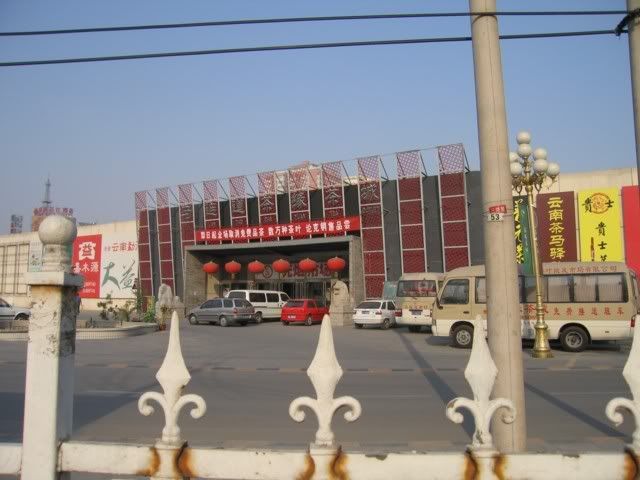
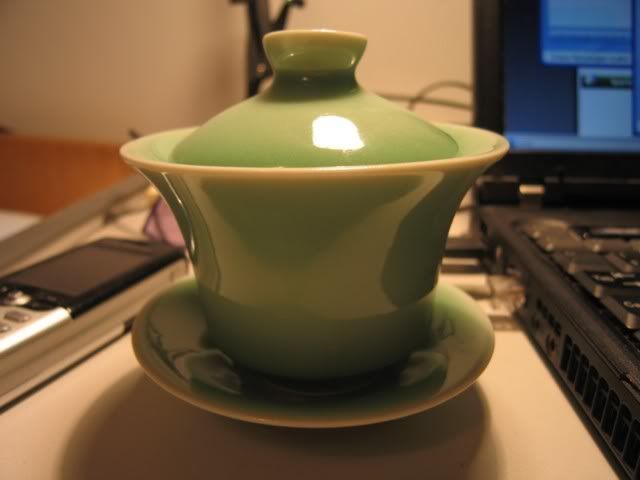



Yeah whisky prices have been leaking too, as well as luxury watches. I wrote a post maybe a decade ago…